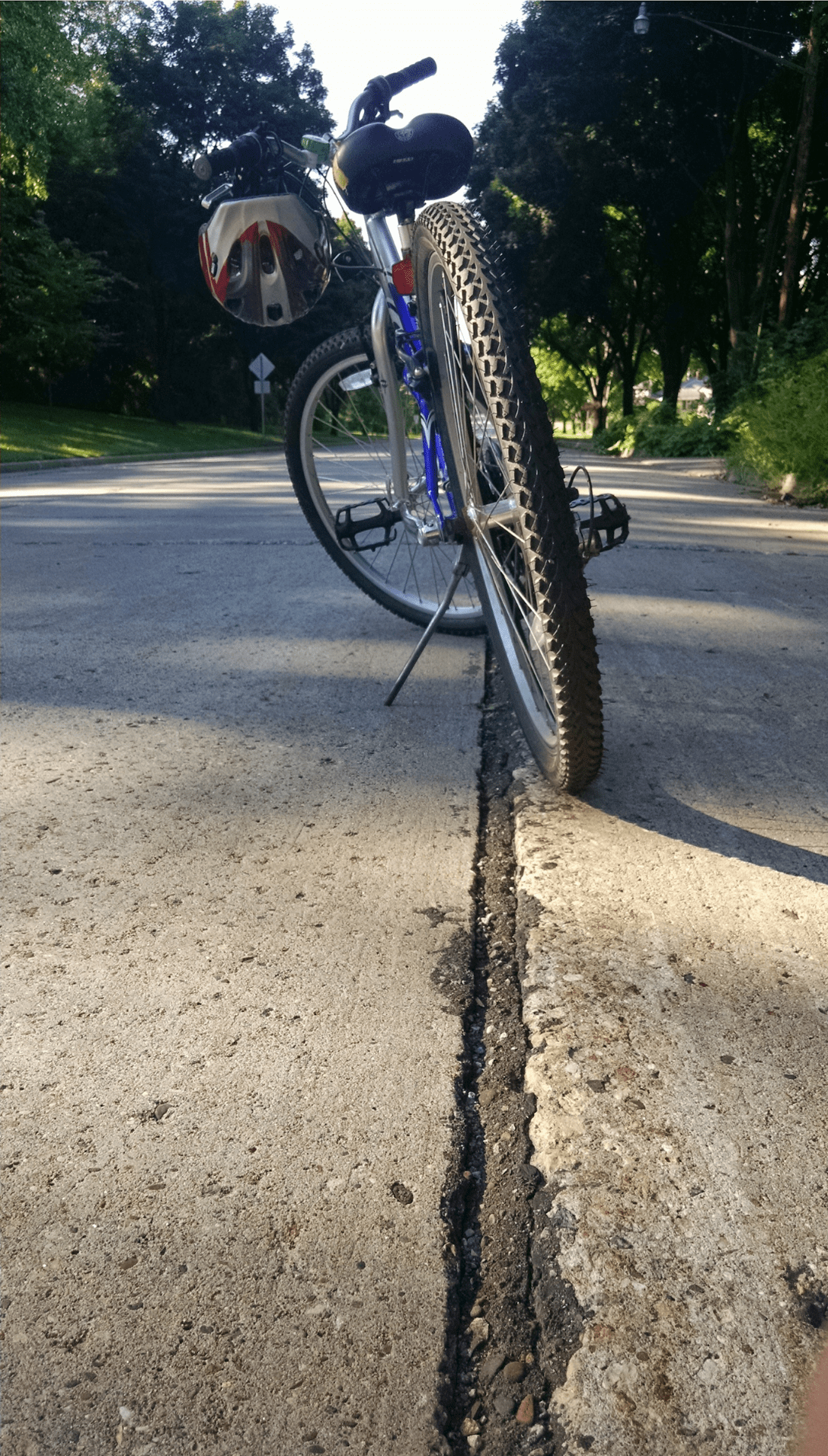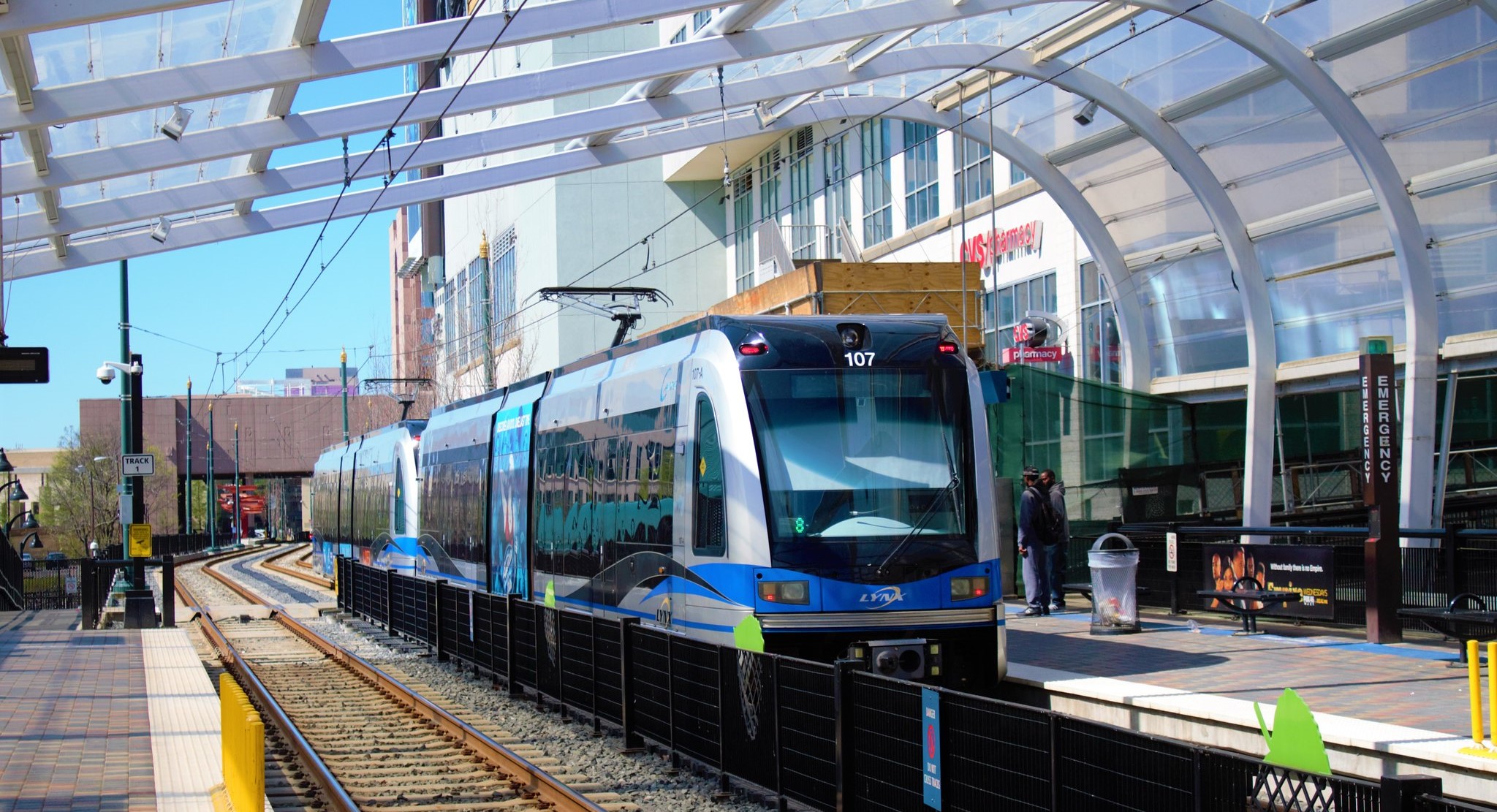Big news out of Miami last week as the city government approved "Miami 21," which the Congress for the New Urbanism calls "the most ambitious contemporary zoning code reform yet undertaken by a major U.S. city."
How necessary was this reform, which is in large part aimed at making Miami a more pedestrian-friendly city? Well, hear what Miami resident Olga Ramos had to say over the weekend in a post on Streetsblog Network member Transit Miami:
The view from Miami's Brickell Avenue. Photo by leoncillo sabino via Flickr.
Every day I make a choice; a small choice, but an important one none
the less. I choose to walk to work. Even though my company pays for a
much-coveted covered parking spot in one of the most prestigious pieces
of real estate in Miami, I leave the transponder in my car parked in
our apartment building and I choose to use what nature gave me to get
to the office.…[I]n Miami most people
don’t walk because it is dangerous. During my walk every day, I play a
sort of human frogger that affords me at minimum three near-death
experiences a week. As an adventuresome girl I could deal with that,
however; what really irks me is how rude people are. I have been
crossing Coral Way and Brickell, the crosswalk will be clearly
signaling my right of way and drivers will still regularly yell
obscenities in whatever native language is theirs or just use hand
signals to communicate their disgust.…But what I really want are two simple things. I want for all of the
crosswalk lights to work (something I haven’t experienced since July)
and I would like for some signage to go up on the traffic signals that
states "Yield to Pedestrians."
If Ramos, a self-described "adventuresome girl," feels that walking the quarter-mile to her office is dangerous (yes, that's the distance in question), how must older and less nimble residents feel? How absurd is it that such a short walk should be the source of so much stress and risk? Why is it that Brickell Avenue is lined with glittering glass towers that are touted as the latest in modern architecture, but the city can't keep the pedestrian signals working?
This is part of what I meant last week when I talked about mobility as a basic human right. It's not that everybody should be granted subsidized flights anywhere in the world at a moment's notice (as some commenters chose to interpret it). It's that if people want to leave their apartments and get to work or a friend's house in their own community, they should be able to do so without fear -- even if they don't, can't, or won't drive an automobile.
Miami is taking an important step in the right direction. We look forward to hearing about concrete changes from Transit Miami and other network members on the ground there.
More from the network: Hard Drive reports on how roundabouts are revolutionizing traffic in Oregon. Copenhagenize looks at bicycle-friendly trash cans. And Extraordinary Observations says it should be easier for young people to rent cars -- so that they have less reason to own them.





